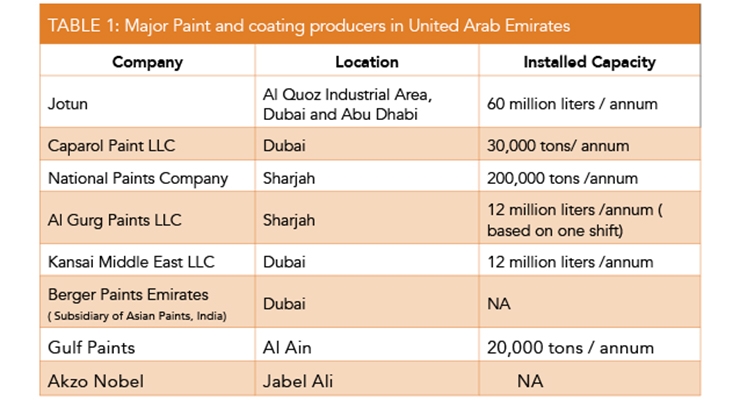Beneath The Surface Area Of Your Commercial Exterior Paint Task Exists The Critical Role Of Weather-- Uncover Exactly How It Can Make Or Damage Your Results
Beneath The Surface Area Of Your Commercial Exterior Paint Task Exists The Critical Role Of Weather-- Uncover Exactly How It Can Make Or Damage Your Results
Blog Article
Article By-Rode Kidd
When you're preparing a business external painting project, do not undervalue the influence of climate on your outcomes. You need to think about variables like temperature, moisture, and precipitation, as they can make or break your paint task. For example, did you recognize that ideal conditions ask for details temperature level arrays and humidity degrees? Falling short to check these elements can lead to irregular coatings or perhaps damages to fresh paint. Understanding these components is crucial to attaining a durable, professional end result. So, what certain climate condition should you watch out for?
Temperature level Considerations
When it pertains to commercial external painting, temperature plays an important role in the result of your task. If you're painting in severe heat, the paint can dry out too quickly, leading to issues like inadequate adhesion and uneven finishes. You want to go for temperature levels between 50 ° F and 85 ° F for the very best results. Below 50 ° F, paint might not treat correctly, while above 85 ° F, you run the risk of blistering and breaking.
Timing your project with the appropriate temperature levels is necessary. Begin your job early in the morning or later on in the afternoon when it's cooler, especially throughout hot months.
Likewise, think about the surface temperature level; it can be substantially greater than the air temperature level, particularly on bright days. Use a surface thermostat to examine this prior to you begin.
If temperature levels are unforeseeable, keep an eye on the weather report. Abrupt temperature drops or heat waves can thwart your plans. Read Significantly more don't wish to begin painting just to have the conditions transform mid-project.
Humidity Degrees
Humidity degrees substantially affect the success of your business external painting task. When the moisture is expensive, it can impede paint drying out and healing, causing a range of problems like inadequate adhesion and complete top quality.
If you're preparing a work during damp conditions, you might discover that the paint takes longer to completely dry, which can extend your task timeline and boost costs.
On the other hand, reduced moisture can also posture obstacles. Paint may dry out too rapidly, protecting against proper application and causing an uneven coating.
You'll want to keep an eye on the humidity degrees carefully to guarantee you're functioning within the ideal range, generally between 40% and 70%.
To obtain the very best results, consider using a hygrometer to measure humidity prior to starting your task.
If you discover the levels are outside the optimal range, you might need to readjust your schedule or select paints developed for variable conditions.
Constantly seek advice from the manufacturer's guidelines for certain recommendations on moisture resistance.
Rainfall Influence
Rain or snow can significantly interrupt your commercial external paint strategies. When precipitation happens, it can wash away freshly used paint or develop an uneven coating. Preferably, you intend to pick days with dry climate to ensure the paint sticks appropriately and treatments effectively. If you're captured in a shower, it's ideal to halt the task and wait on problems to boost.
Moreover, https://exteriorpaintersnearme54209.liberty-blog.com/33383059/brace-yourself-for-a-home-makeover-driven-by-the-essence-of-color-figure-out-just-how-trending-tones-can-change-your-location-in-unexpected-methods can be a lot more destructive. Not just does it develop a damp surface area, yet it can likewise decrease temperature levels, making it hard for paint to completely dry. This can cause concerns like peeling off or blistering down the line.
It's critical to examine the weather forecast prior to beginning your job. If rain or snow is forecasted, consider rescheduling.
Always bear in mind to permit ample drying time between layers, especially if the weather stays unforeseeable.
Conclusion
To conclude, watching on the weather condition is essential for a successful industrial outside painting project. By monitoring temperature level, humidity, and precipitation, you can ensure the very best problems for application and curing. Bear in mind to plan your job around favorable weather condition and constantly adhere to producer standards. With the best approach, you'll achieve a long-lasting, attractive finish that can endure the elements. Don't allow the weather condition capture you off-guard-- stay notified and paint smart!
